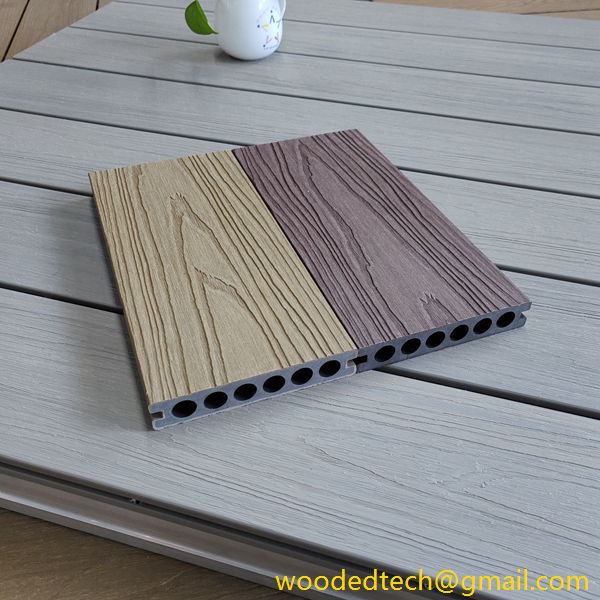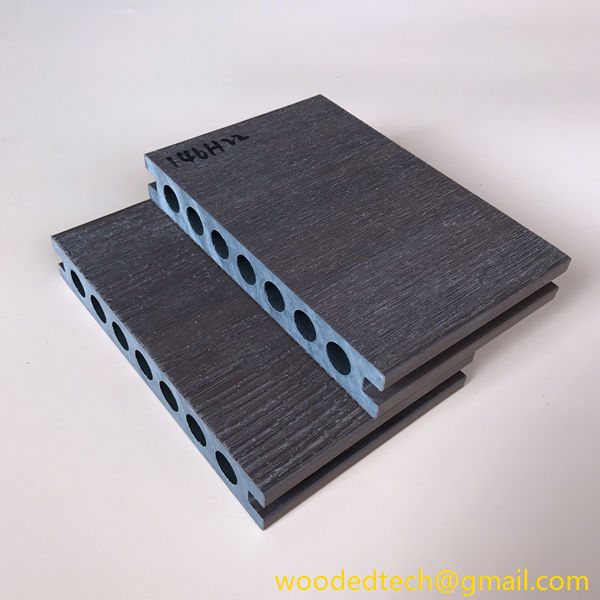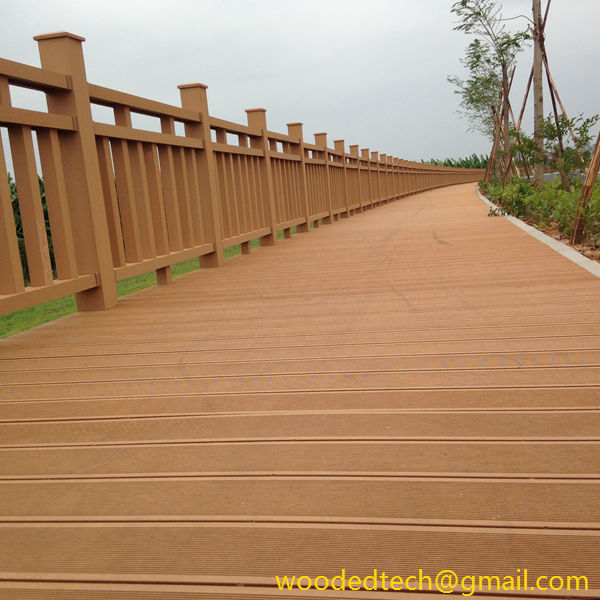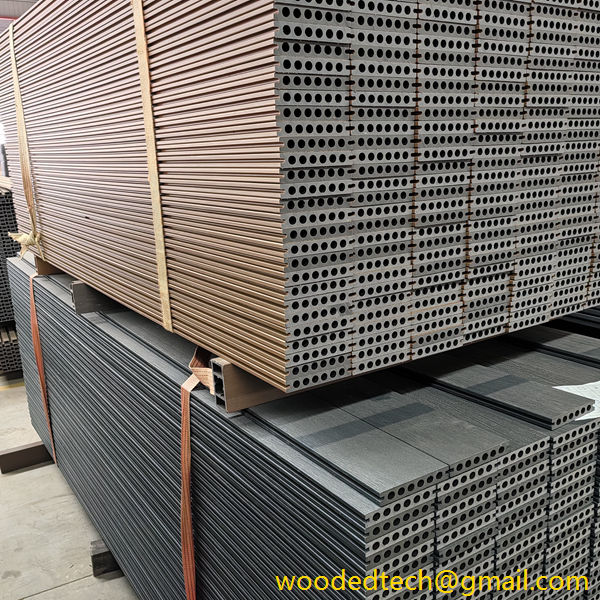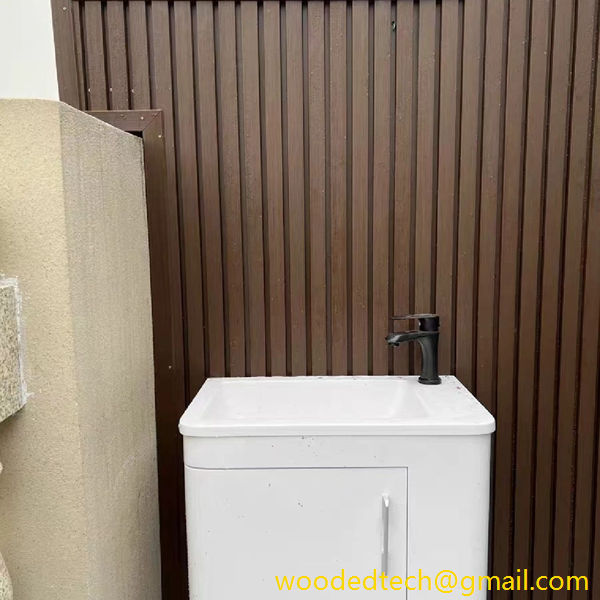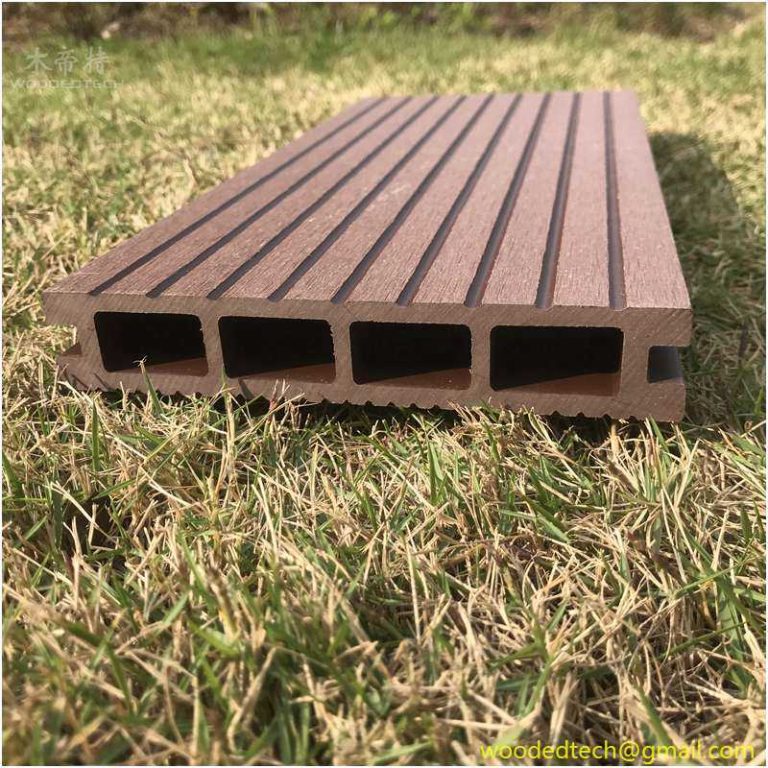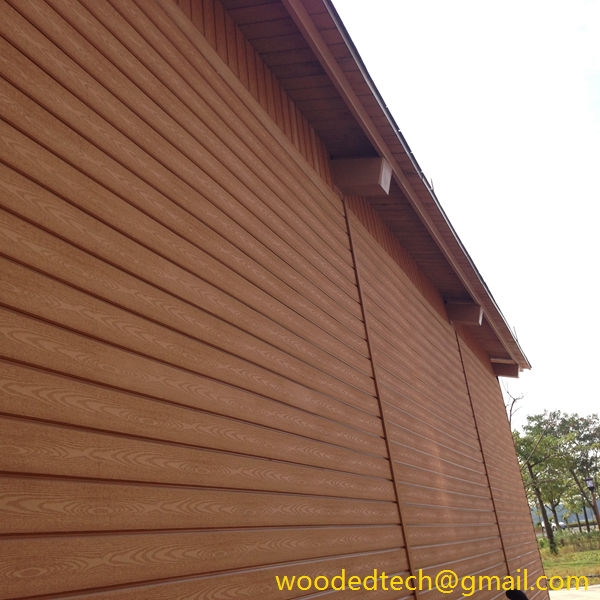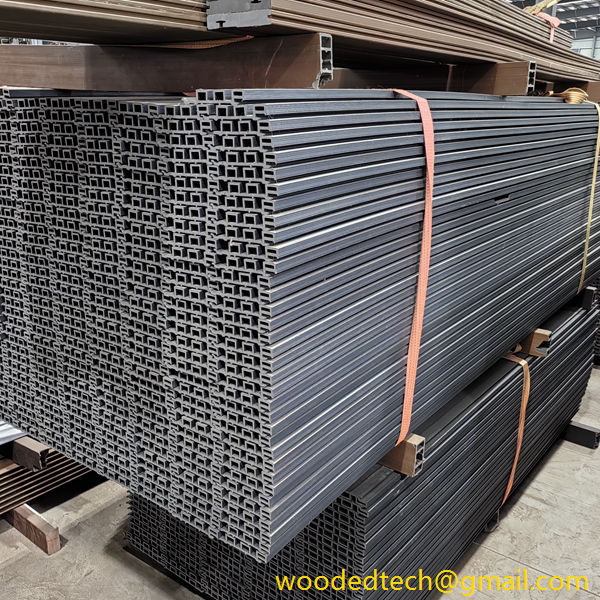Is Composite Decking Cheaper Than Wood? A Cost Analysis
Is Composite Decking Cheaper Than Wood? A Cost Analysis When it comes to choosing the right material for your outdoor deck, one of the most common questions homeowners ask is whether composite decking is cheaper than traditional wood. A cost analysis of both materials reveals that while composite decking may have a higher initial price,…
Is Composite Decking Cheaper Than Wood? A Cost Analysis
When it comes to choosing the right material for your outdoor deck, one of the most common questions homeowners ask is whether composite decking is cheaper than traditional wood. A cost analysis of both materials reveals that while composite decking may have a higher initial price, it can be more economical in the long run due to its low maintenance requirements and longevity. This article will explore the costs associated with both composite decking and wood, helping homeowners make an informed decision.
To begin with, it is essential to understand the basic pricing structure of both materials. The cost of wood decking can vary significantly based on the type of wood selected. Pressure-treated pine is often the most affordable option, typically costing between two to four dollars per square foot. Other types of wood, such as cedar or redwood, can cost significantly more, ranging from five to ten dollars per square foot or even higher for exotic woods like teak or mahogany.
In contrast, composite decking is made from a mixture of wood fibers and plastic, engineered to mimic the appearance of real wood while providing additional benefits. The average price for composite decking materials ranges from six to twelve dollars per square foot. While this initial expense is higher than that of pressure-treated wood, it is essential to consider the long-term value that composite decking can offer.
One of the most significant advantages of composite decking is its maintenance-free characteristics. Unlike wood, which requires regular staining, sealing, and painting to preserve its appearance and protect it from the elements, composite decking is designed to withstand the rigors of outdoor exposure with minimal upkeep. Homeowners can expect to spend a considerable amount of time and money on maintenance for traditional wood decks. This includes not only the cost of materials such as stains and sealants but also the labor involved in performing these tasks, which can be both time-consuming and physically demanding.
When assessing the long-term costs associated with both materials, it becomes clear that composite decking can be more economical over time. For instance, if a homeowner spends an average of three hundred dollars every two years on maintenance for a wooden deck, this adds up quickly. Over a span of twenty years, this could amount to three thousand dollars in maintenance costs alone. Conversely, composite decking typically requires little to no maintenance other than occasional cleaning, which can be accomplished with soap and water. This significantly reduces the ongoing costs associated with deck upkeep.
Another factor to consider in the cost analysis is the lifespan of each material. Traditional wood decks can last anywhere from ten to twenty years, depending on the type of wood used and the level of maintenance performed. In contrast, composite decking is engineered to last twenty to thirty years or even longer, providing excellent durability and resistance to rot, splintering, and insect damage. The longer lifespan of composite decks not only enhances their value but also means that homeowners are less likely to need to replace their deck in the foreseeable future.
In addition to durability and longevity, composite decking often comes with a warranty that can last up to twenty-five years or more. This warranty provides homeowners with peace of mind, knowing that their investment is protected against defects and deterioration over time. Traditional wood decking, on the other hand, usually does not come with a warranty, leaving homeowners to shoulder the risk of potential issues that may arise.
Environmental impact is another important consideration when comparing the costs of composite decking and wood. Many composite materials are made from recycled plastics and wood fibers, making them a more environmentally friendly choice. By choosing composite decking, homeowners can contribute to sustainability efforts while still enjoying the benefits of a beautiful outdoor space. Conversely, traditional wood decking often necessitates the harvesting of timber, which can contribute to deforestation and habitat destruction.
In conclusion, while the initial cost of composite decking may be higher than that of traditional wood, the long-term savings in maintenance, durability, lifespan, and environmental impact make it a compelling choice for many homeowners. By investing in composite decking, you not only enjoy a beautiful outdoor space but also reduce the time and money spent on upkeep. Ultimately, making an informed decision based on a comprehensive cost analysis will help homeowners choose the right decking material that aligns with their budget and lifestyle.

